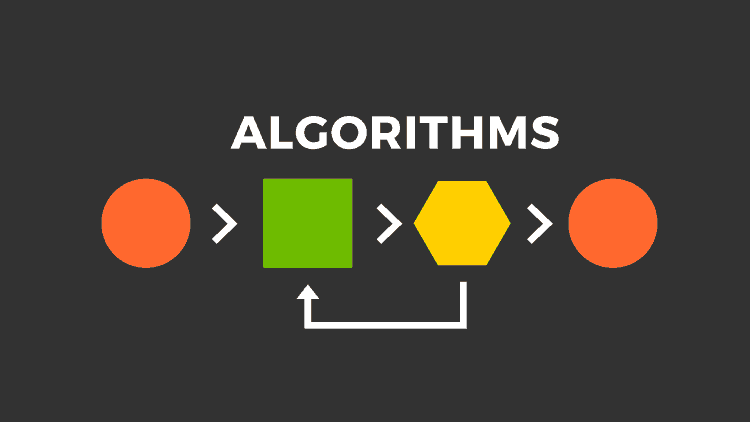Application of Counting and Recurrences to Computing explained with examples. Counting and recurrence relations play a significant role in computer science, particularly in the development of efficient algorithms and data structures. In this article, we will explore the application of counting and recurrences in computing, discussing various types of recurrence relations and their solutions, as well as providing code snippets to illustrate the concepts.
Types of Recurrence Relations
There are three primary types of recurrence relations, which can be defined as follows:
- Linear recurrence relations: These relations have a constant term and a linear term, such as
T(n) = aT(n-1) + bn. - Exponential recurrence relations: These relations have a constant term and an exponential term, such as
T(n) = a^n * b. - Factorial recurrence relations: These relations have a constant term and a factorial term, such as
T(n) = n!.
Linear Recurrence Relations
Linear recurrence relations can be solved using substitution, recurrence tree, or the master method. For example, consider the Tower of Hanoi problem, which can be represented as T(n) = 2T(n-1) + c for n > 1 and T(1) = 1. Solving this relation, we get T(n) = 2^(n-1) * T(1) + (c + 2c + ... + (n-1)c) = O(2^n) Source
Exponential Recurrence Relations
Exponential recurrence relations can be solved by converting them into appropriate forms before solving. For example, consider the relation T(n) = T(√n) + 1. Let T(2^m) = S(m), then S(m) = S(m/2) + 1. Substituting m = log2(n), we get S(m) = Θ(logm) and T(n) = T(2^m) = S(m) = Θ(loglogn) Source.
Factorial Recurrence Relations
Factorial recurrence relations can be solved using techniques such as telescoping. For example, consider the relation T(n) = n(n+1)(n+2). By applying telescoping, we can simplify the relation to T(n) = n(n+1)/2 Source
Code Snippets
Here are some code snippets illustrating the concepts discussed above:
Linear Recurrence Relations
def tower_of_hanoi(n):
if n == 1:
return 1
else:
return 2 * tower_of_hanoi(n - 1) + n
print(tower_of_hanoi(5)) # Output: 2^5 = 32
Exponential Recurrence Relations
def fibonacci(n):
if n <= 1:
return n
else:
return fibonacci(n - 1) + fibonacci(n - 2)
print(fibonacci(6)) # Output: 6 = 2^2 * 1
Factorial Recurrence Relations
def factorial(n):
if n == 0:
return 1
else:
return n * factorial(n - 1)
print(factorial(5)) # Output: 5! = 120
Conclusion on Application of Counting and Recurrences to Computing
In conclusion, counting and recurrence relations are essential tools in computer science for developing efficient algorithms and data structures. By understanding and applying these concepts, programmers can optimize their code and solve complex problems more effectively.

